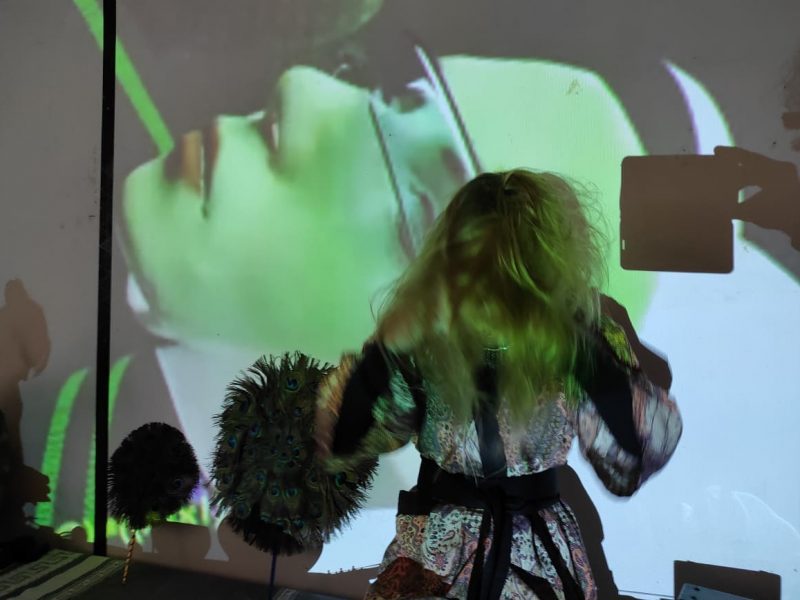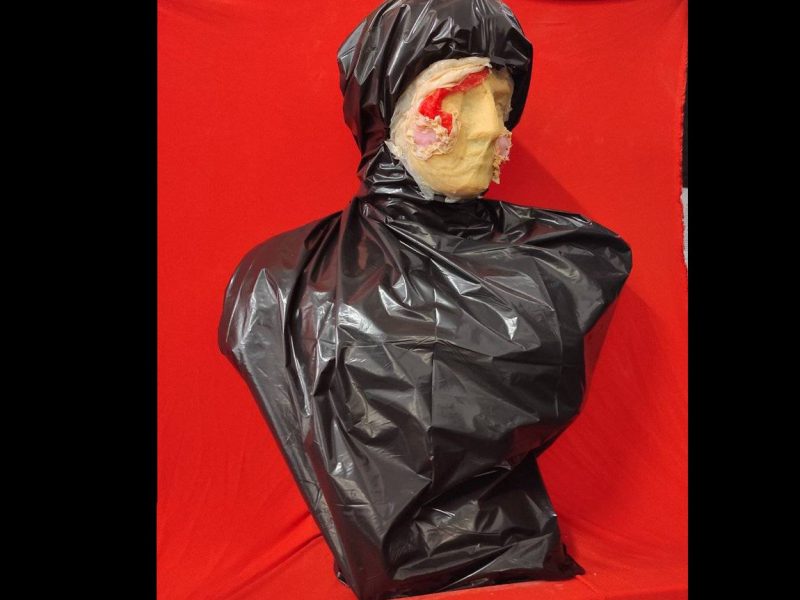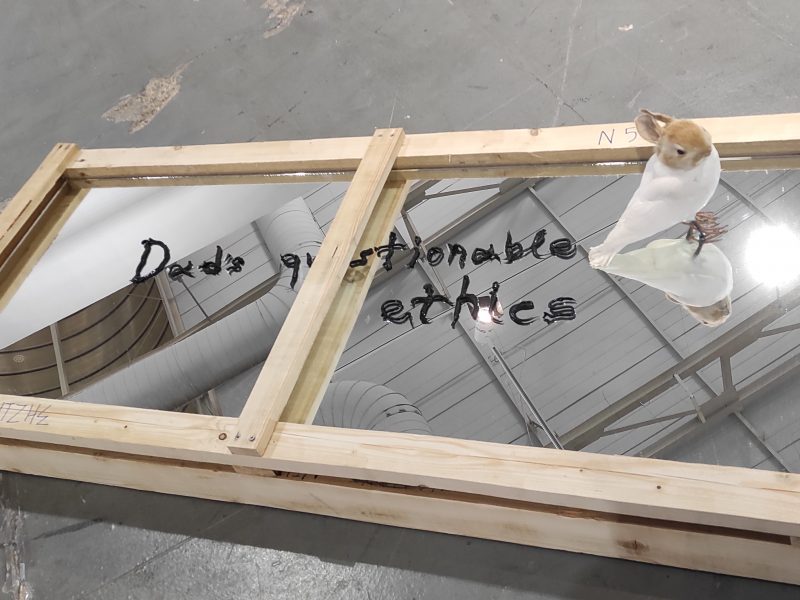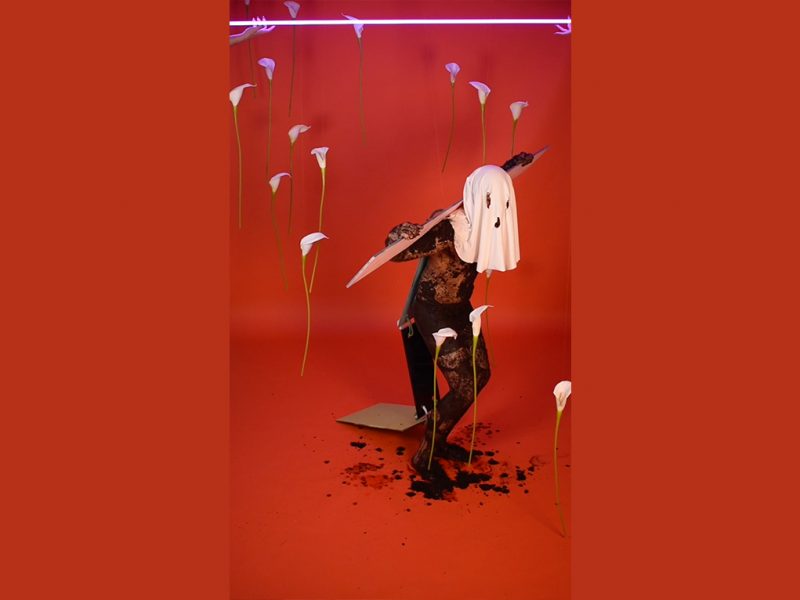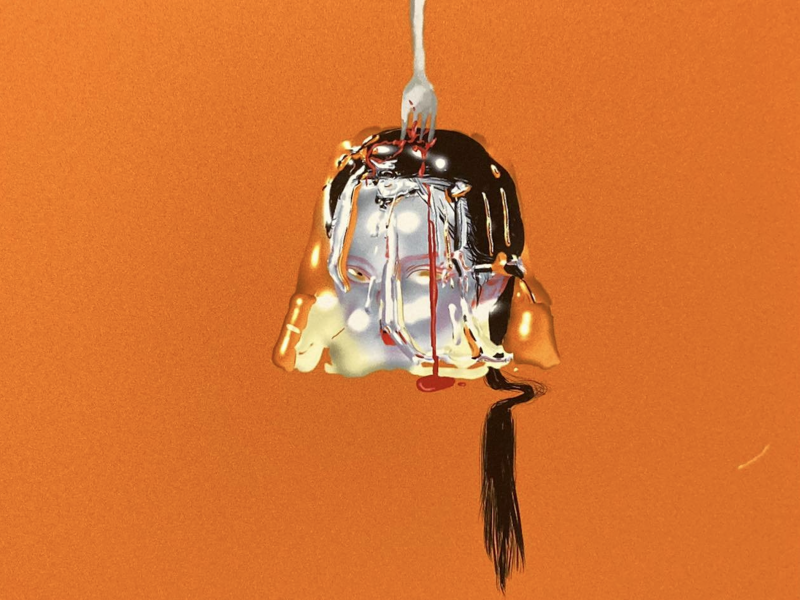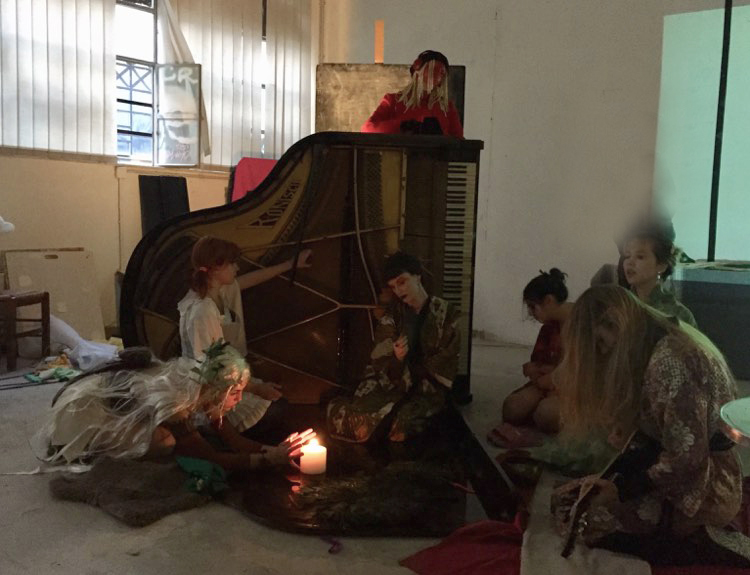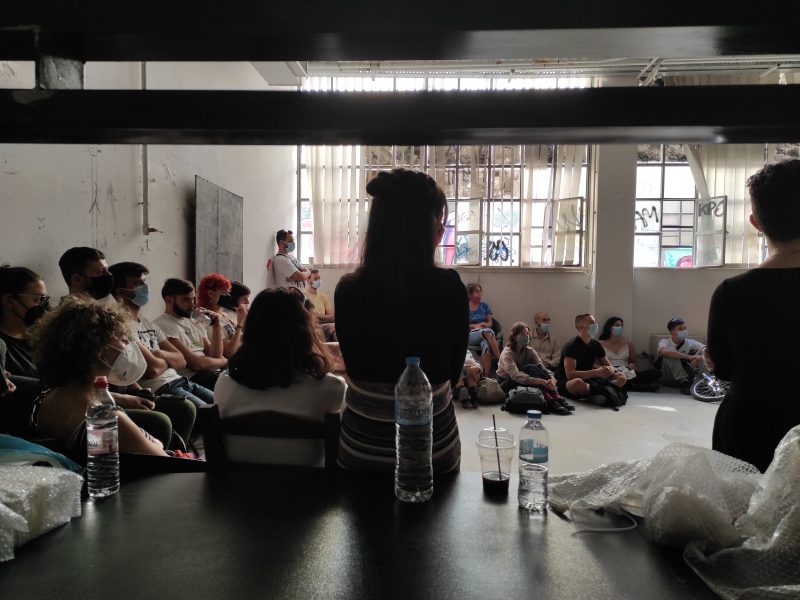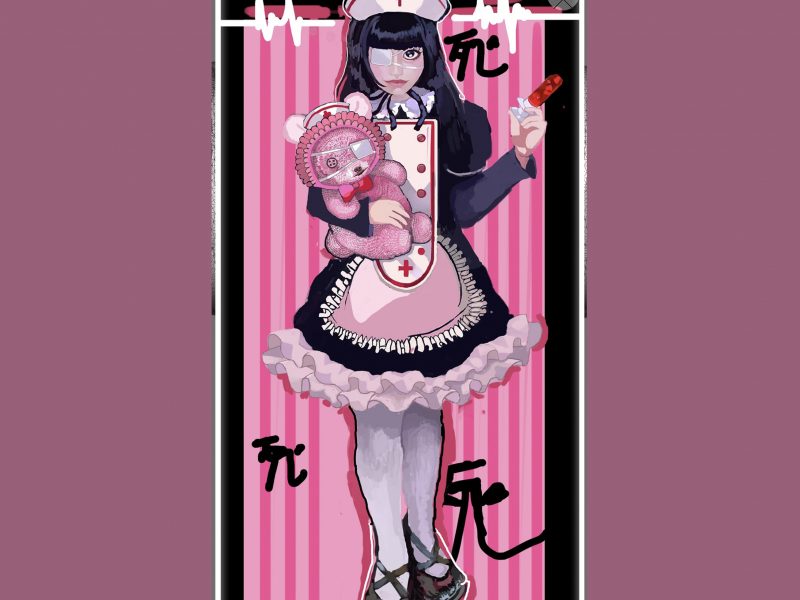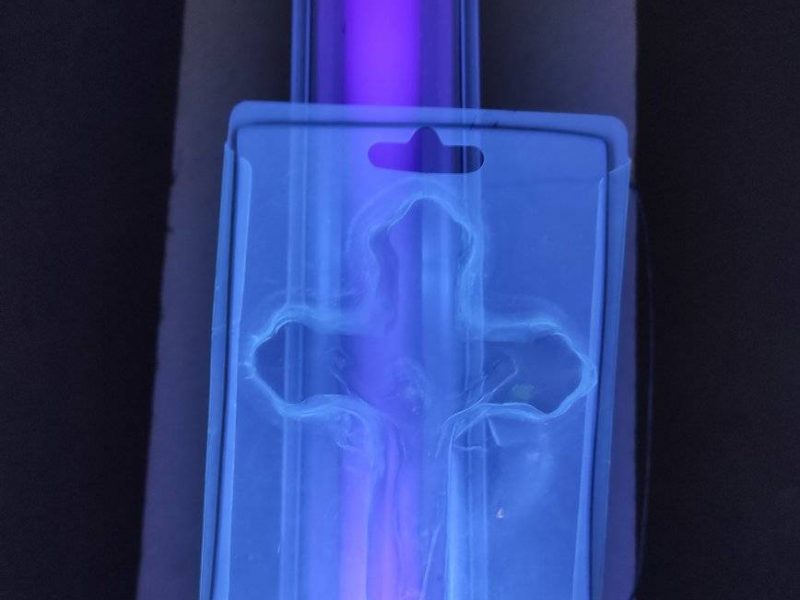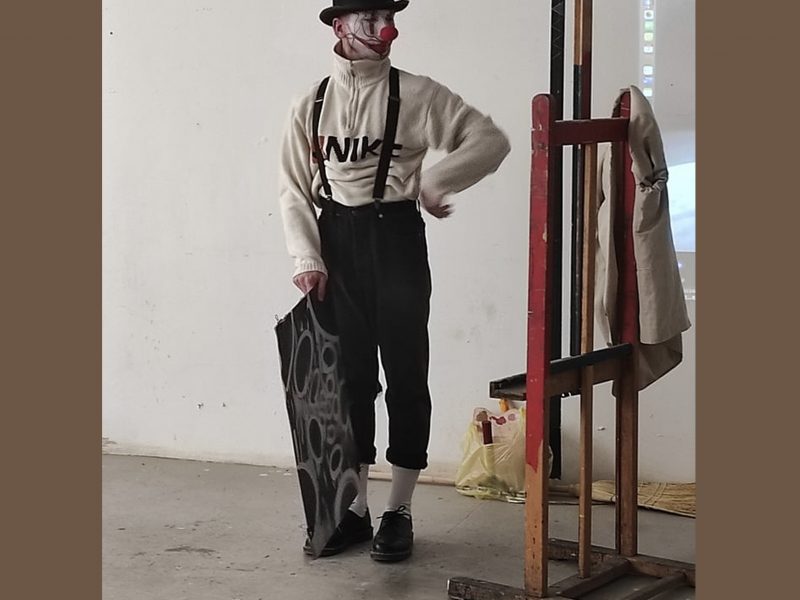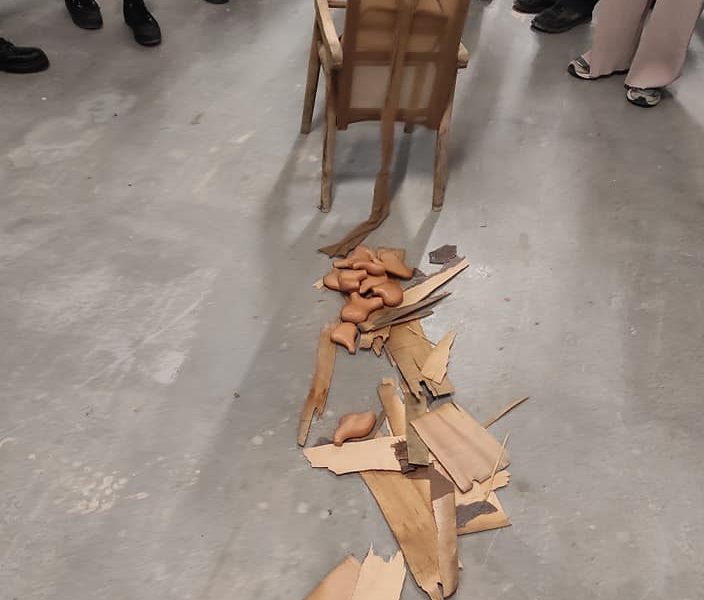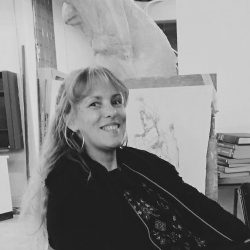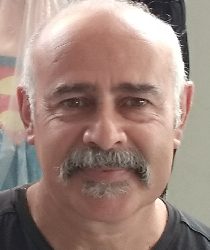C’ SCULPTURE STUDIO
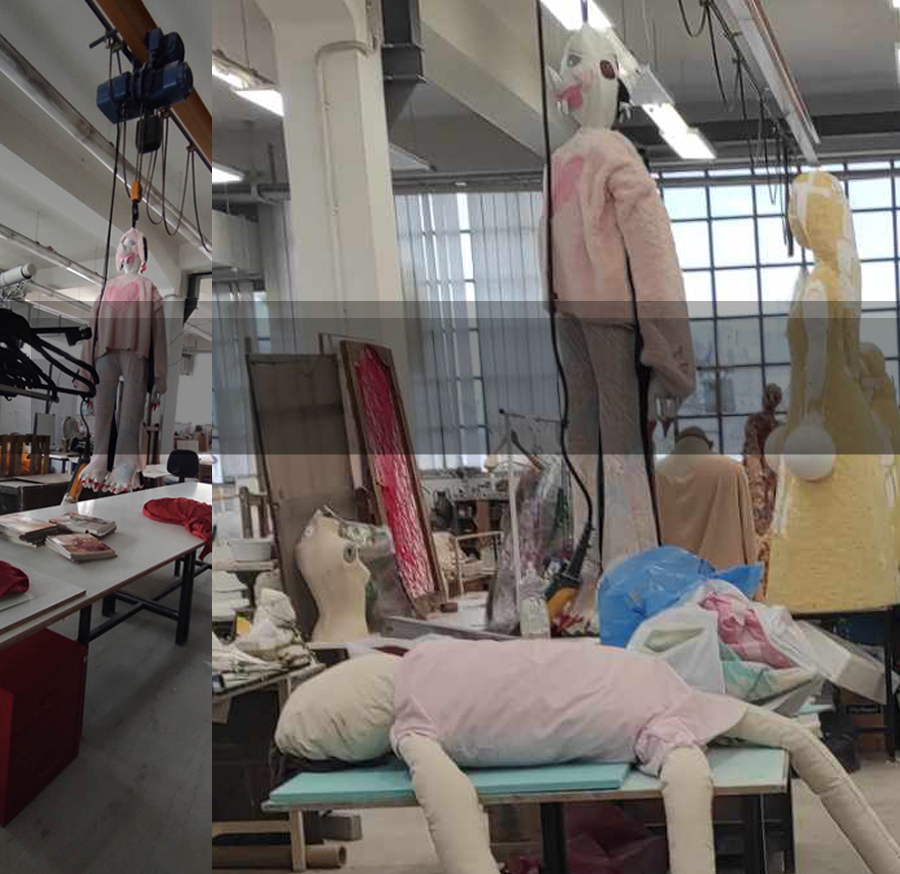
ARCHIVE of LECTURES and ASSIGNMENTS
Among the recent collaborations of the 3rd Laboratory are: a lecture by STELARC, Natalie Jeremijenko, BIOART Creta Project1 (workshop), BIOART Creta Project2 (workshop), AI versus Art (conference + workshop) with J. Bardakos, a lecture by E. Anevlavi about J. Joyce, Metaidolls photography workshop by Androniki Christodoulou, a lecture on Japanese Art (St. Papalexandropoulos), a lecture on Icelandic Art by E. Klingenberg (KING AND BANG GALLERY), NFT and CryptoART by S. Goudouna.
SEMESTER 1
Introduction to Twentieth and Twenty-first Century Sculpture. History of Sculpture.
Representations of reality. Intertemporal approaches.
Study of the human model. Figure studies from the natural body. Learning the technical processes of sculptural construction in relation to their historical background. Basic principles of drawing. Study and design of animate and inanimate objects (models) from the natural. Basic principles of perspective.
SEMESTER 2
Introduction to Twentieth and Twenty-first Century Sculpture. History of Sculpture
Representations of reality. Intertemporal approaches..
Sculpture and information, principles of digital sculpture.
Physical and digital casts, representations of the body, hybrid forms of sculpture.
Using materials and mixed media. Rendering textures and dynamics of materials. Study of the form and content of the work of art. Analysis and creation of the artwork . Examination of the geometric elements of the composition. Study on the meaning and dynamics of colour and colour elements. Examination and exercise on axiality, symmetry, rhythm/repetition. Examination and practice on scale, golden mean, and harmonic systems. Examination of composition in Architecture and Sculpture (interior-environment) . Understanding, analyzing the whole of a work of art and classifying it into its individual components.
SEMESTER 3
The body as a limit, the identity of the body. The body as a cast and a copy.
Sculpture and information, principles of digital sculpture.
Basic digitization procedures of a sculptural form. Design of large-format compositions with natural objects and models. Study and individual work from nature. Study of compositions and research on the works of artists from various artistic movements.
SEMESTER 4
Sculpture and Architecture/ Designed environment/ Public and private space/ Monumentality/ Hybrid environments.
Study on the importance and dynamics of materials.
SEMESTER 5
The body as a whole and fragmentarily.
The rejected, waste body. The Absent Body,
The body in transformation/ Extensions of the body.
Art and science. Governing body and entity, forms and environment.
SEMESTER 6
Art and sciences. Mixing the arts.
Art for the societies of the earth, man and ecology.
SEMESTER 7
Art and its relations with the political, humanities and social sciences.
Art for the societies of the earth, man and ecology.
The relationship of sculpture with its institutional framework. Tactics and strategies of sculpture in contemporary art. The role of the artist.
SEMESTER 8
Craftsmanship, bio-genetic art, art of bio-patterns, code transcriptions in the arts.
Synaesthesia, art of combined sensory stimuli. Sound, light sources, contemporary color theory, music and color in transcriptions, kinetic-digital works.
SEMESTER 9
In this semester, a general synthesis of the teaching content is attempted, where all individual skills should lead to the synthesis of a complete work of each student. Proposals and research for a primary idea are presented which can lead to a dissertation. This is followed by research in the school’s library and on the internet on the subjects to be processed, often through the construction of small models or models in physical or digital form, depending on the subject.
SEMESTER 10
Determination of the final dissertation position. The conceptual analysis of the initial idea is complemented by a technical proposal which is evaluated by the teaching staff in terms of its execution. Completion of individual postgraduate thesis proposals.
The experimentation of the initial stages of semesters 9 and 10 of each student is completed with the construction and production of the final thesis artwork.
Seminars, workshops, presentations and lectures by the existing staff of ASFA and by invited speakers, help the wider understanding of laboratory exercises and their completion.
Office hours: Wednesday 10 am -1 pm
Email: gmelanitis@asfa.gr
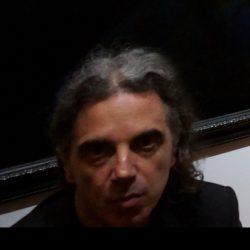
IOANNIS MELANITIS / ASSOCIATE PROFESSOR
GG No 202/Γ/30.01.2023
Ιoannis Melanitis (Ιωάννης Μελανίτης) is an artist, theorist, and Associate Professor at The Athens School of Fine Arts, Vice-Rector of International Relations and Extroversion, Director of Master in Digital Arts at Athens School of Fine Arts. Melanitis’ work initiates from a theorization of contemporary art strategies, emphasising the role of code and information, considering “Information as a new Conceptualisation”. In the philosophical realm, significance is provided to questions on the “provenance” of ideas, artistic probability, and the “art of new informational distributions in nature”.
This abstraction has been cocorporealisedven in trans-species informational exchanges. Incorporations of bio-code between organisms, as exemplified in the work LEDA TRANSGENICA, concern an artist’s gene, micro-injected into the butterfly named Leda Melanitis for the creation of a transgenic, adult butterfly breed [see Leda Melanitis Trangenica at the MACRO Museum, Rome]. Within this scheme, which includes revised pataphysic ideas from Alfred Jarry and Duchamp, he intensifies on humour, the role of machines, and the concept of mimicry through information.
Student Works
